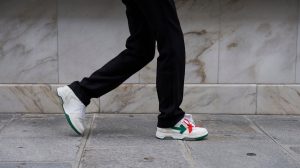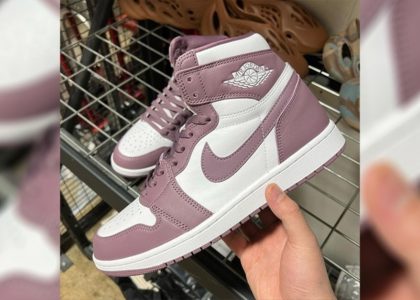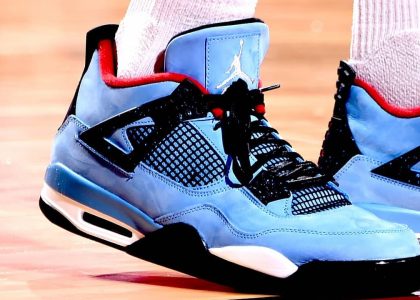In the ever-evolving world of fashion, where trends come and go in the blink of an eye, the emergence of replica sneakers has sparked both fascination and controversy. Replica sneakers, often referred to as “knock-offs” or “dupes“, are unauthorized recreations of popular branded footwear, designed to mimic the aesthetic of their high-end counterparts while being offered at a fraction of the price. This phenomenon has gained considerable attention, igniting discussions about the factors driving their necessity and the implications they carry for the fashion industry.

Luxury sneakers, bearing iconic logos and unique designs, have become status symbols and statements of style for many. With the rise of influencer culture and social media, the desire to showcase these coveted sneakers in curated outfits has intensified. However, the exorbitant prices of authentic luxury sneakers often place them beyond the reach of the average consumer. This incongruity between aspiration and affordability has fueled the demand for replica sneakers, providing an avenue for individuals to embrace high-end aesthetics without breaking the bank.

The fashion industry’s shift towards fast fashion has dramatically accelerated the pace at which trends emerge and fade. As a result, traditional production cycles struggle to keep up with the demand for new and innovative designs. Replica sneakers have stepped in to bridge this gap, enabling enthusiasts to access the latest sneaker trends almost as soon as they appear on the runway or on the feet of celebrities. This responsiveness to trends has made replica sneakers a sought-after commodity for those who wish to stay in vogue without the wait associated with traditional production.

Replica sneakers have also become a canvas for creativity and personal expression. Artists and designers are increasingly using replica sneakers as a medium for their own interpretations and unique designs, giving rise to a vibrant subculture that thrives on customization and individuality. This phenomenon challenges the notion that fashion should be dictated solely by established brands, instead placing the power of design and expression back into the hands of consumers.

While the demand for replica sneakers remains strong, their production and distribution raise ethical and legal concerns. Counterfeit goods not only undermine the intellectual property of original designers but also contribute to various forms of illicit activity. Additionally, the quality and safety of replica sneakers can be questionable, potentially putting consumers at risk.

The appearance of replica sneakers is a multifaceted response to the evolving dynamics of the fashion industry. As consumers seek accessible luxury, rapid trends, and creative outlets, replica sneakers have become a significant player in the market. However, their existence also highlights the need for ongoing conversations surrounding ethical production, consumer choices, and the balance between affordability and authenticity in the world of fashion.






